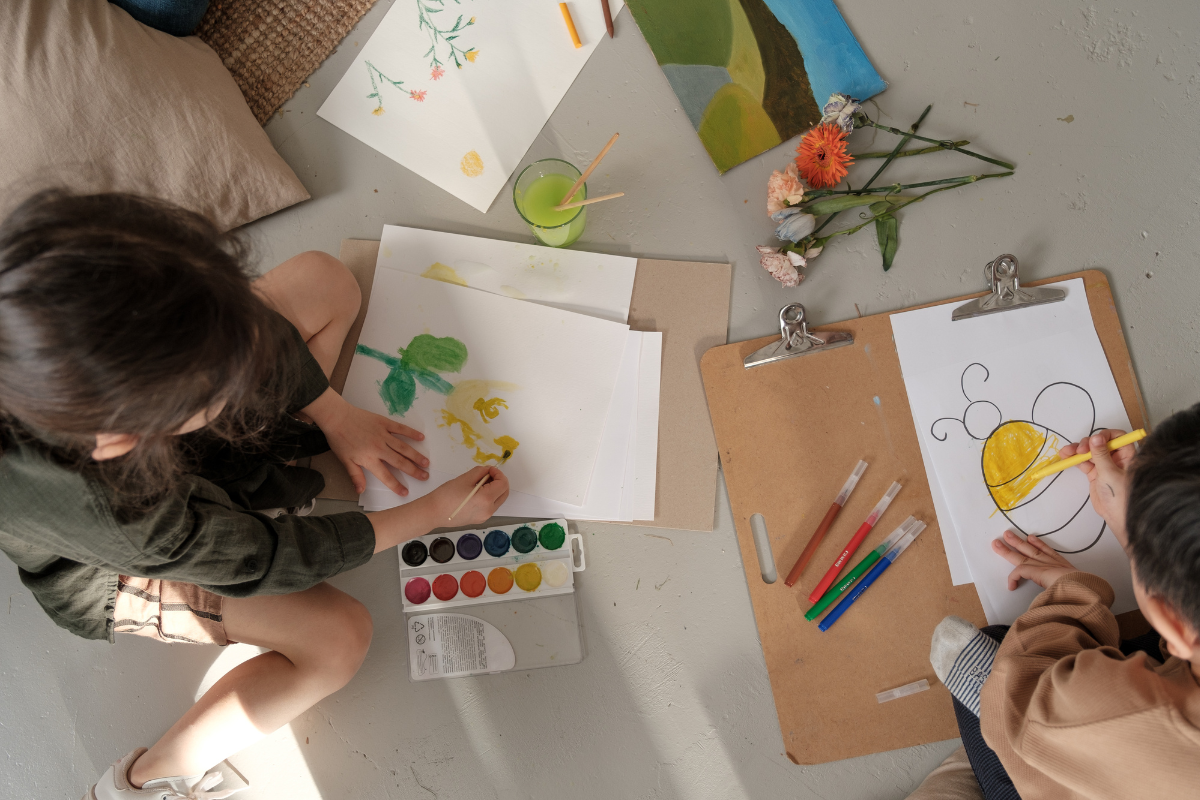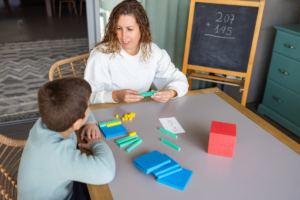
Learning to Say No: Setting Boundaries and Priorities to Preserve Well-Being
In the hustle and bustle of modern life, we often find ourselves stretched thin, juggling multiple responsibilities, and constantly trying to meet the expectations of others. In this whirlwind of obligations, it’s easy to neglect our own well-being and neglect the power of a simple yet profound word: “no.” Learning to say no is a crucial skill that can help us establish boundaries, prioritize our time and energy, and ultimately preserve our mental and emotional health. In this article, we’ll explore the art of saying no, why it’s important, and practical strategies for implementing it in our daily lives.
Why Saying No Matters
Saying no isn’t just about refusing requests or declining invitations; it’s about asserting our boundaries and protecting our time, energy, and mental well-being. When we constantly say yes to everything that comes our way, we risk overcommitting ourselves, spreading ourselves too thin, and neglecting our own needs. This can lead to burnout, stress, and resentment towards others.
Moreover, by saying yes to every demand placed on us, we implicitly communicate to others that our time and resources are limitless, which can result in even more requests and expectations being placed on our shoulders. Learning to say no effectively is essential for maintaining balance in our lives and ensuring that we have the time and energy to devote to the things that truly matter to us.
Establishing Boundaries
Setting boundaries is the foundation of learning to say no. Boundaries are guidelines that define what is acceptable and unacceptable behavior from others, as well as what we are willing and unwilling to tolerate in our lives. Without clear boundaries, we leave ourselves vulnerable to being taken advantage of, manipulated, or overwhelmed by the demands of others.
To establish boundaries effectively, it’s important to first identify our values, priorities, and limits. What matters most to us? What are our non-negotiables? Once we have a clear understanding of our boundaries, we can communicate them assertively and respectfully to others. This might involve saying no to requests that violate our boundaries or setting limits on the amount of time and energy we’re willing to devote to certain activities or relationships.
Learning to Prioritize
Saying no becomes much easier when we have a clear sense of our priorities. Prioritization involves identifying what is most important to us and allocating our time and resources accordingly. When we know what matters most, it becomes easier to say no to things that don’t align with our priorities.
One helpful strategy for prioritization is the Eisenhower Matrix, which categorizes tasks based on their urgency and importance. Tasks are divided into four quadrants:
- Urgent and important: These are tasks that require immediate attention and should be prioritized.
- Important but not urgent: These tasks contribute to our long-term goals and should be scheduled and prioritized.
- Urgent but not important: These tasks are often distractions and can be delegated or eliminated.
- Neither urgent nor important: These tasks are low priority and can be eliminated or postponed.
By using the Eisenhower Matrix or similar prioritization techniques, we can focus our time and energy on activities that align with our goals and values, and confidently say no to tasks that detract from them.
Practical Strategies for Saying No
Saying no can be challenging, especially if we’re accustomed to saying yes to everything or if we’re afraid of disappointing or upsetting others. However, with practice and the right strategies, it becomes easier to assert our boundaries and prioritize our well-being. Here are some practical tips for saying no effectively:
- Be assertive: When saying no, it’s important to be firm and assertive in our response. Use clear and direct language, and avoid apologizing or making excuses. Remember, it’s okay to prioritize yourself.
- Offer alternatives: If you’re unable to fulfill a request, consider offering alternatives or compromises that still demonstrate your willingness to help. For example, if someone asks you to take on an extra project at work, you could suggest delegating some tasks or offering to assist in a different capacity.
- Practice self-care: Taking care of ourselves is essential for building the confidence and resilience needed to say no. Make self-care a priority by setting aside time for activities that recharge and rejuvenate you, whether it’s exercise, meditation, spending time with loved ones, or pursuing hobbies.
- Learn to say no without guilt: It’s natural to feel guilty when saying no, especially if we’re used to putting others’ needs before our own. However, it’s important to remember that prioritizing our well-being is not selfish—it’s necessary for our health and happiness. Remind yourself that saying no is an act of self-care, not a rejection of others.
- Practice mindfulness: Before responding to a request, take a moment to check in with yourself and assess how you truly feel about it. Mindfulness can help us tune into our own needs and feelings, making it easier to make decisions that align with our priorities.
Overcoming Common Challenges
While the strategies outlined above can be highly effective, there are common challenges that may arise when learning to say no. By acknowledging these challenges and developing strategies to overcome them, we can further strengthen our ability to set boundaries and prioritize our well-being.
- Fear of conflict: Many people avoid saying no because they fear it will lead to conflict or confrontation. However, it’s important to remember that asserting our boundaries is not inherently confrontational. By communicating assertively and respectfully, we can minimize the likelihood of conflict and maintain healthy relationships.
- Desire to please others: People-pleasing behavior often stems from a desire to be liked or accepted by others. However, constantly saying yes to please others can lead to resentment and burnout. Remember that it’s impossible to please everyone, and prioritizing your own well-being is not selfish—it’s necessary for your health and happiness.
- Feeling guilty: Guilt is a common emotion that arises when saying no, especially if we’re accustomed to putting others’ needs before our own. However, it’s important to recognize that guilt is a normal response to setting boundaries, and it doesn’t necessarily mean we’re doing something wrong. Practice self-compassion and remind yourself that saying no is an act of self-care, not a rejection of others.
- Difficulty with assertiveness: Assertiveness is a skill that can be developed with practice, but many people struggle to assert their boundaries effectively. If you find it challenging to be assertive, consider seeking out resources or workshops on communication skills or assertiveness training. Role-playing scenarios can also be helpful in building confidence and assertiveness.
- Fearing rejection or judgment: Some people avoid saying no because they fear it will lead to rejection or judgment from others. However, it’s important to remember that you have the right to set boundaries and prioritize your own well-being, regardless of how others may react. Surround yourself with supportive people who respect your boundaries and encourage you to prioritize yourself.
Final Thoughts
Learning to say no is a journey that requires practice, patience, and self-awareness. By establishing clear boundaries, learning to prioritize, and implementing practical strategies for saying no effectively, we can protect our time and energy, reduce stress and overwhelm, and live more fulfilling lives. Remember that saying no is not selfish—it’s an act of self-care that empowers us to live life on our own terms. So the next time you’re faced with a request that doesn’t align with your priorities, don’t be afraid to say no—you deserve to prioritize yourself.
shkola_vokala_keSa
Уроки пения для начинающих в школе вокала: Стартуйте на пути к музыкальной карьере
пение для детей 3 лет uroki-vocala-msk.ru .














1 comentário